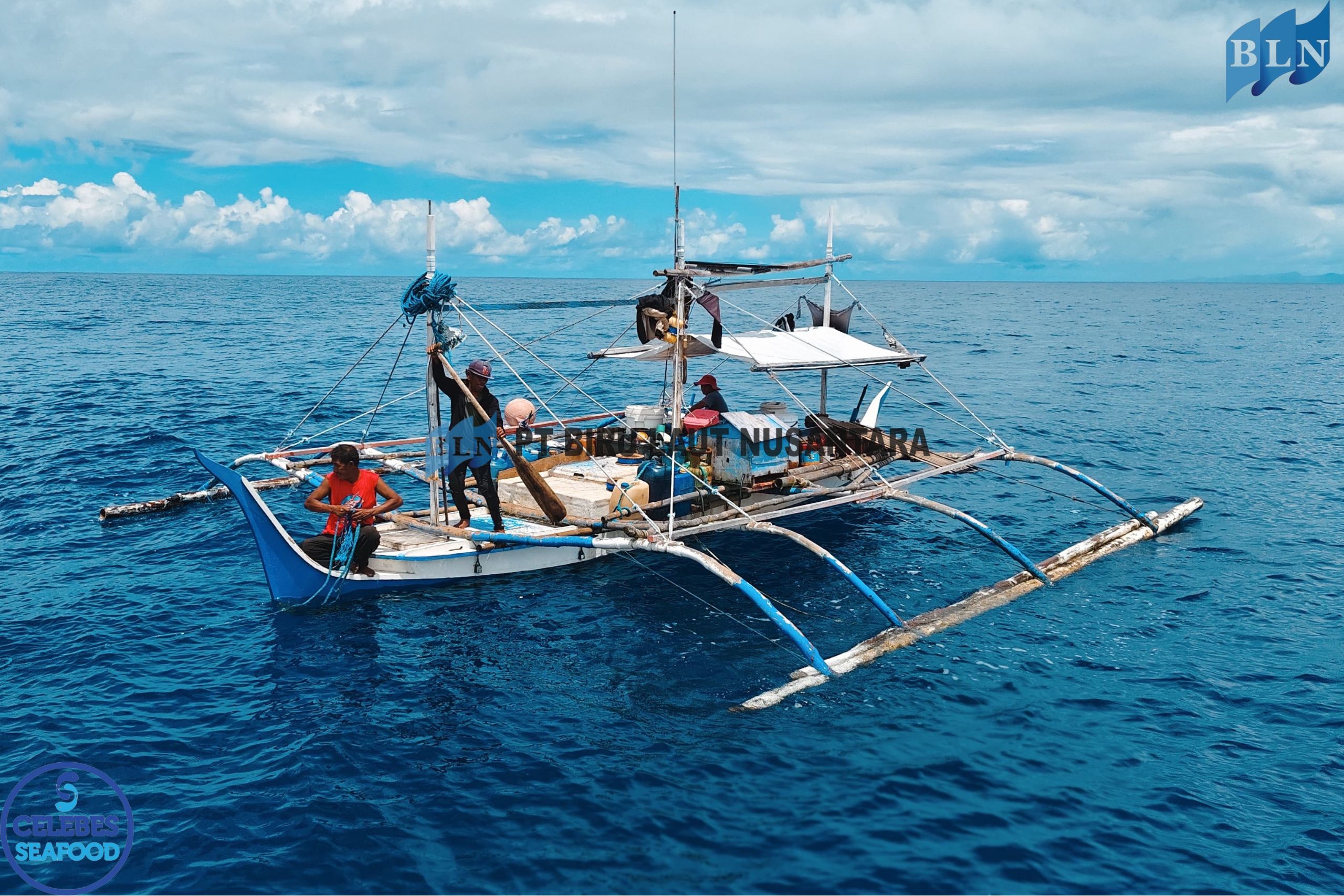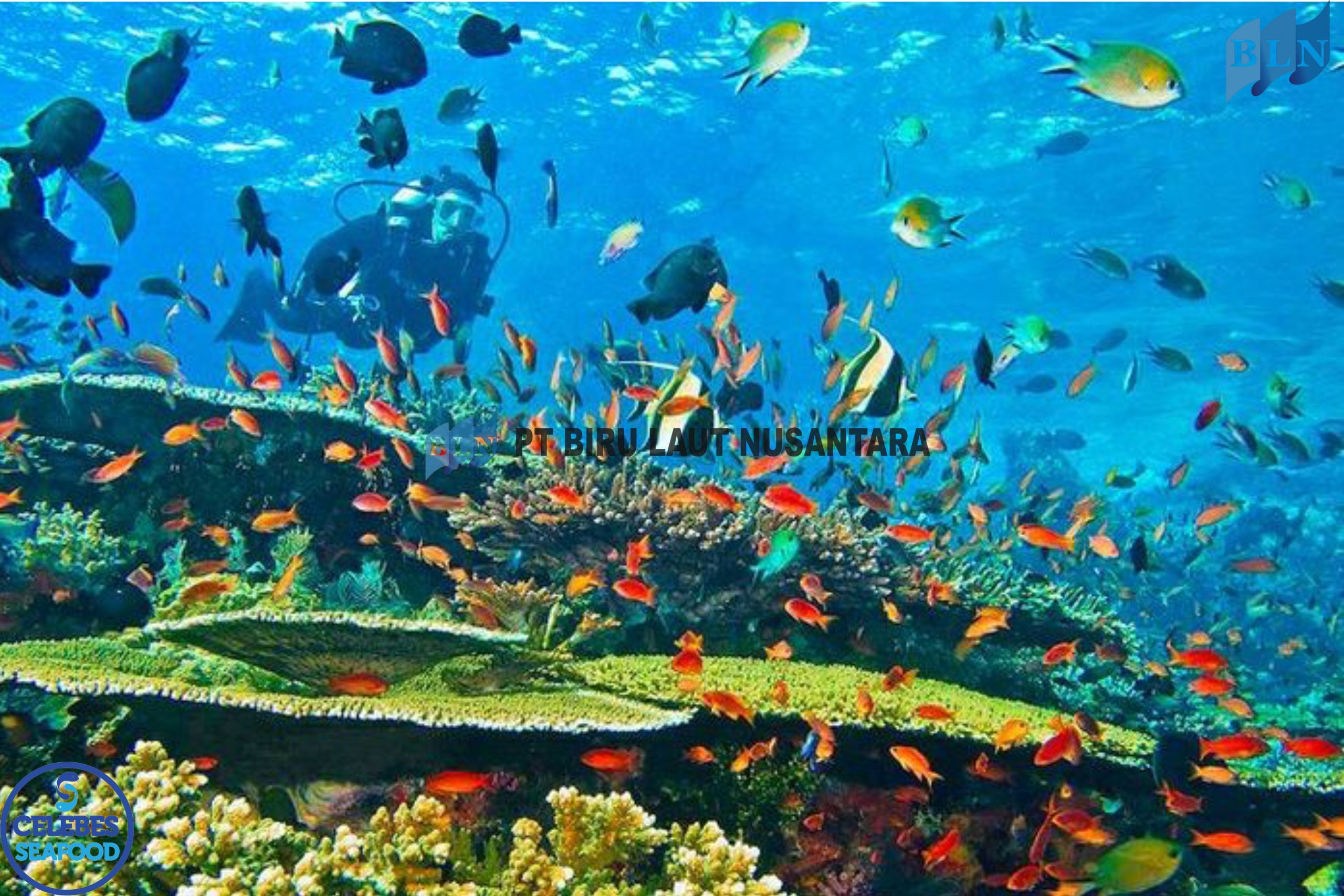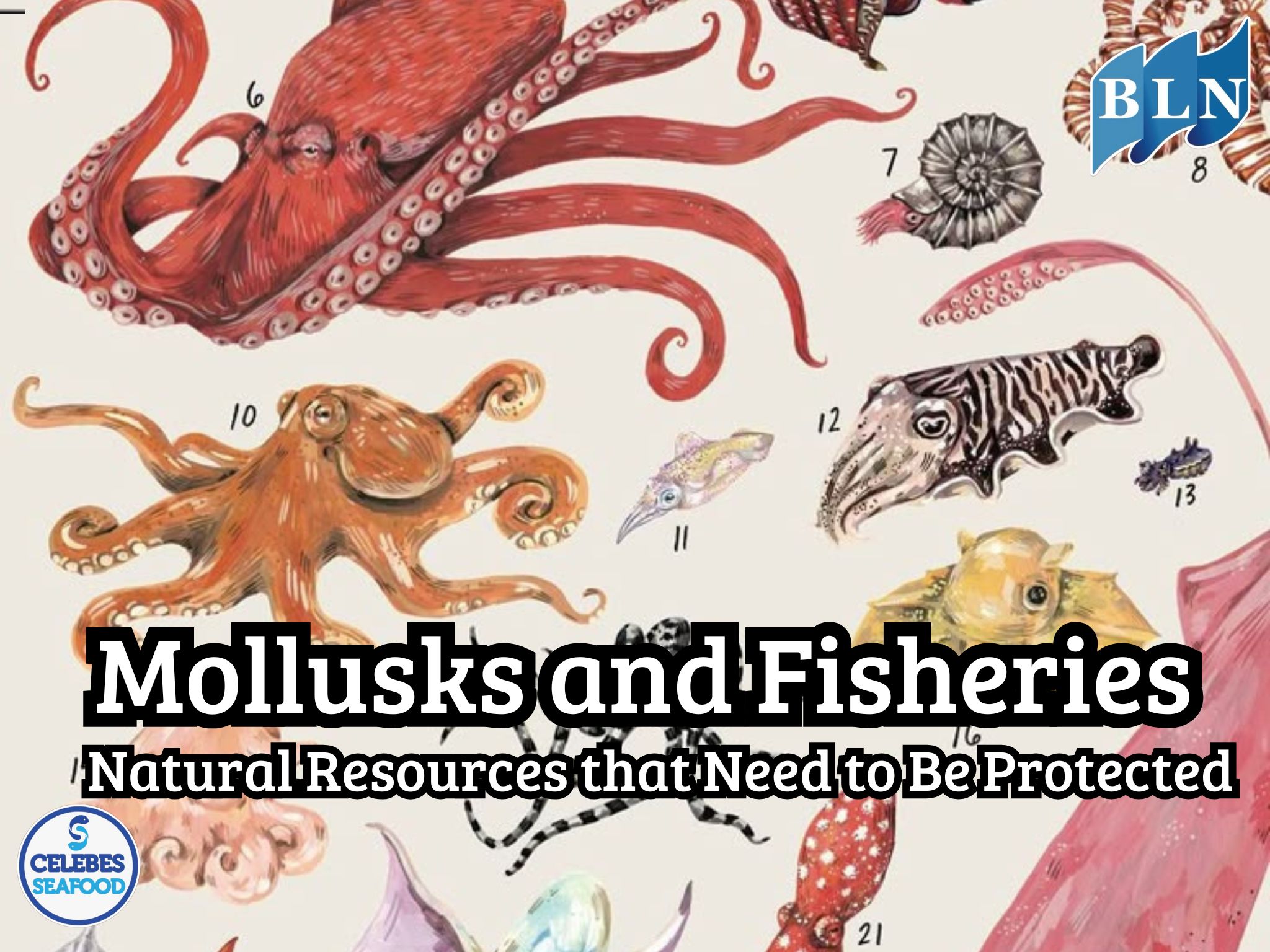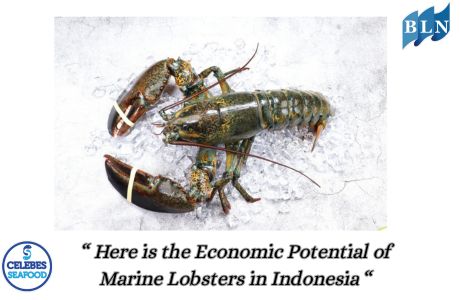Colossal Squid Description
By. Nevanda - 20 Mar 2023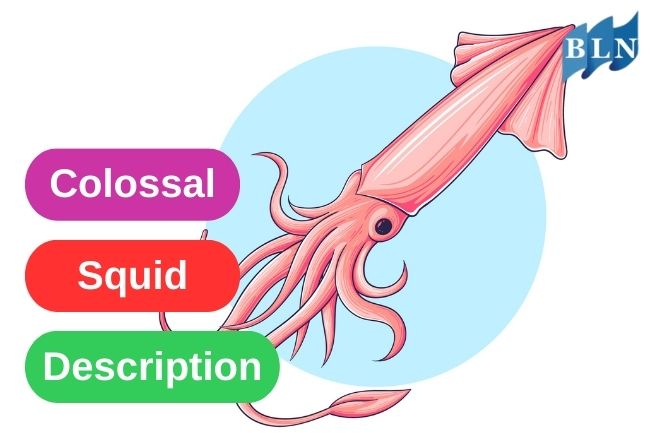
lautnusantara.com - Colossal squid (Mesonychoteuthis hamiltoni) is the heaviest invertebrate on the planet. They live in deep sea so that until now there is limited data about them. This squid sometimes known as the Antarctic Squid or Giant Cranch Squid. The colossal squid have been found living in Antarctica’s cold water.
This species is confirmed to reach a mass of at least 496 kg, though the largest specimens ̶ known only from the beaks that found in the sperm whale stomachs ̶ may perhaps weigh as much as 600 to 700 kg. If that measurement is correct, this species of squid would be the largest known invertebrate.
Read also: 3 Category of Seafood Poisoning
Unlike most squid species, the colossal squid exhibits abyssal gigantism, which makes they are the heaviest living invertebrate species. Their maximum total length has been estimated at least 9 to 10 metres. The colossal squid also has the largest eyes of any known creature ever exist, with estimated diameter of the eye is 30 – 40 cm.
Colossal squid has similar anatomy compared to the other member of its family, although it is the only member of Cranchiidae to display hooks on its arms and tentacles. This species known to inhabit the circumantarctic Southern Ocean. Although little is known about the behavior, it is known to lure their prey with bioluminescence ability. It is presumed to be an ambush predator, and is a major prey to sperm whale.
Read also: 5 Fascinating Facts of Blue-Ringed Octopus
The colossal squid are sighted often near Cooperation sea and less near Ross Sea, because od its predator and competitor, the Antarctic toothfish. The colossal squid’s vertical distribution appears to correlate directly with age. Young colossal squid are found between 0 – 500 m deep, adolescent squid are found in 500 – 2000 m deep, and adult squid are found mainly within 1000 – 4000 m depth of the open ocean.
Read also: Black Pomfret Habit and Appearance

